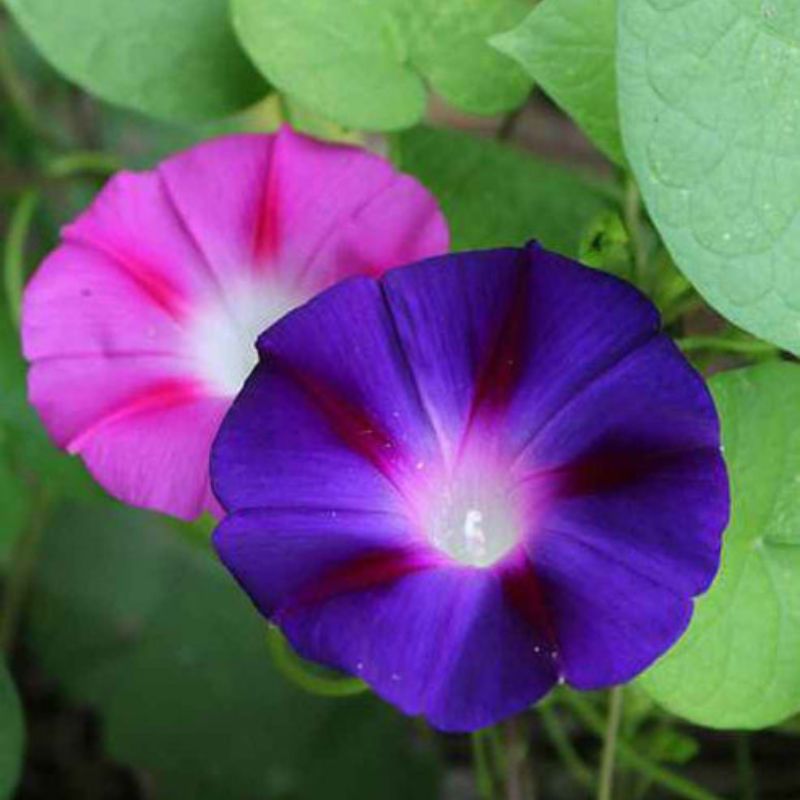- Species and varieties: Ipomoea is a genus of flowering plants commonly known as morning glories. There are several species and varieties within this genus, including Ipomoea purpurea, Ipomoea tricolor, and Ipomoea nil. These species are known for their vibrant, trumpet-shaped flowers that come in a variety of colors such as blue, purple, pink, and white.
- Hybrid or heirloom: Morning glory seeds can be both hybrid and heirloom varieties. Heirloom varieties are open-pollinated and have been passed down through generations, maintaining their original traits. Hybrid varieties are bred for specific characteristics such as improved disease resistance, unique colors, or larger blooms.
- Pruning and training: Morning glories are climbing plants that benefit from support structures such as trellises, fences, or arbors. Pruning is generally not necessary, but you can trim back the vines to control their growth and shape. Deadheading spent flowers can encourage more blooms.
- Fertilization needs: Morning glories do not require heavy fertilization. Over-fertilizing can lead to excessive foliage growth at the expense of flowers. A balanced, slow-release fertilizer applied at planting time is usually sufficient. Additional feeding can be done sparingly during the growing season if needed.
- Hardiness zones: Morning glories are suitable for USDA hardiness zones 3-10. They are annuals in colder climates but can be perennial in frost-free areas.
- Climate requirements: Morning glories thrive in warm, sunny climates. They require full sun to produce the best blooms and prefer well-drained soil. They can tolerate a range of soil types but perform best in moderately fertile soil.








